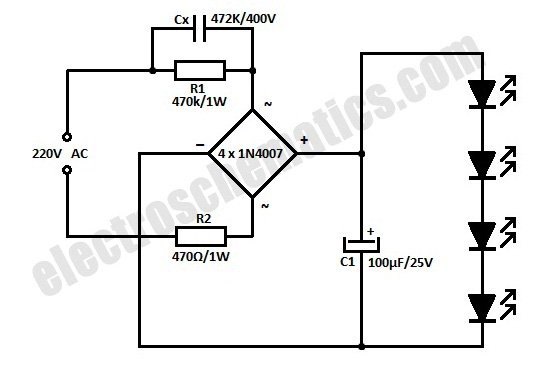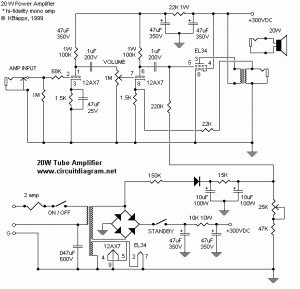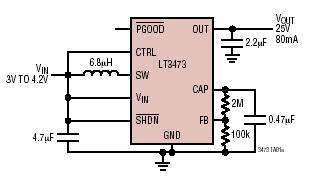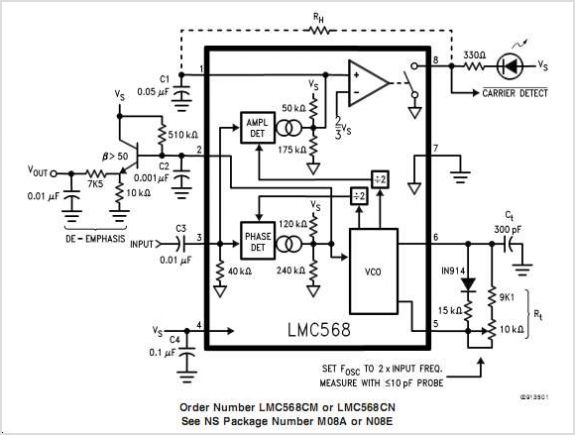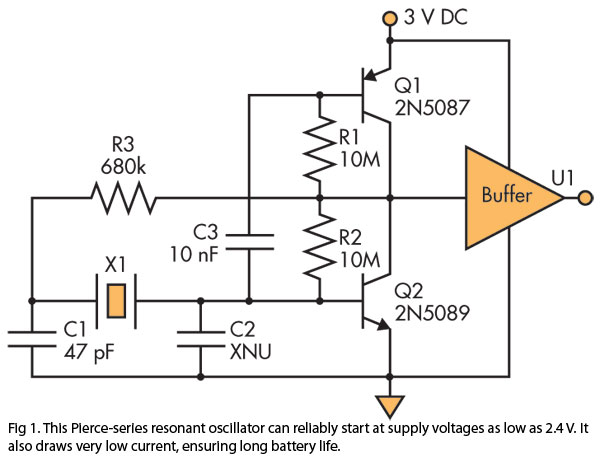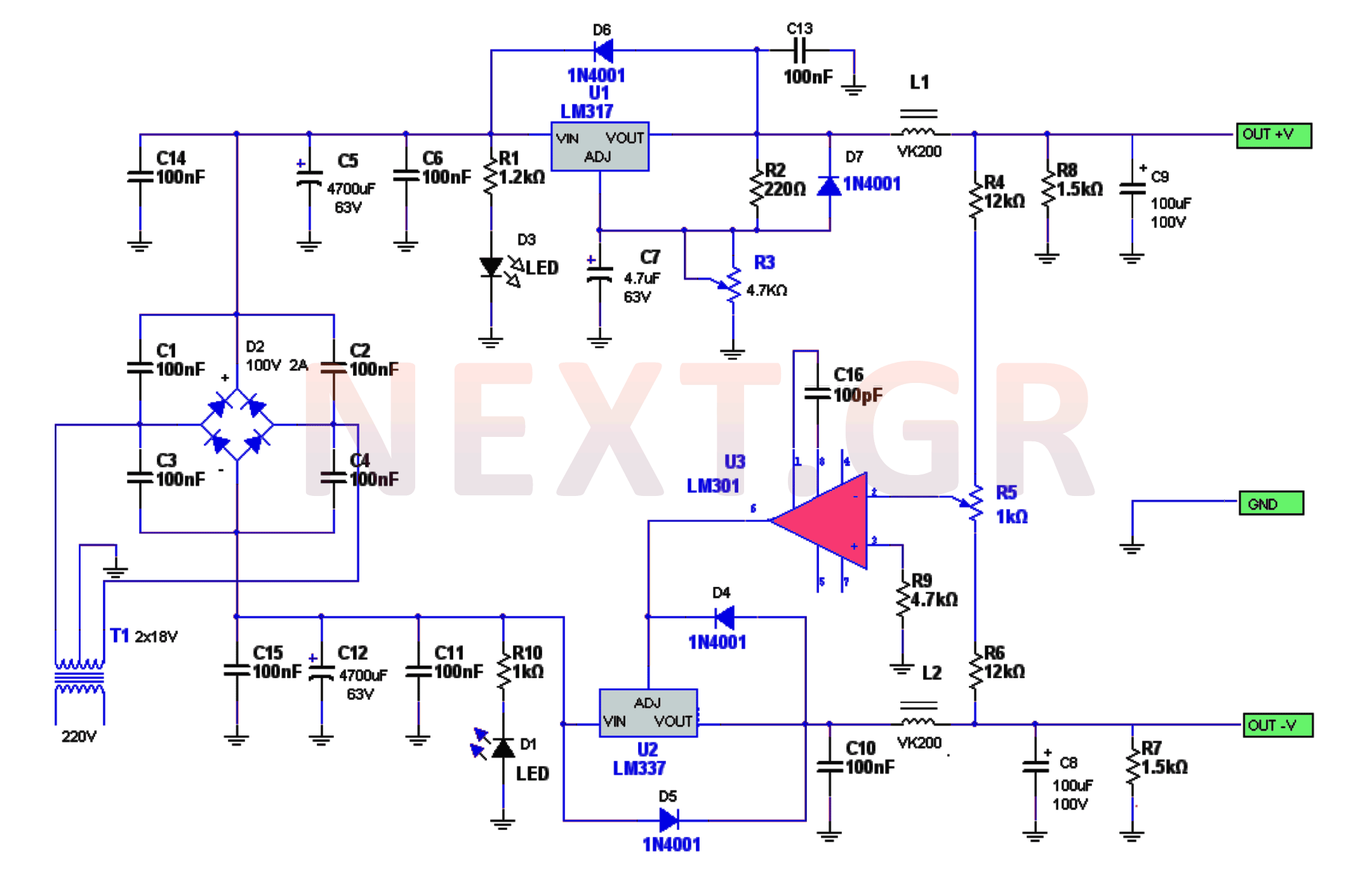
Low Power Regulator Reference
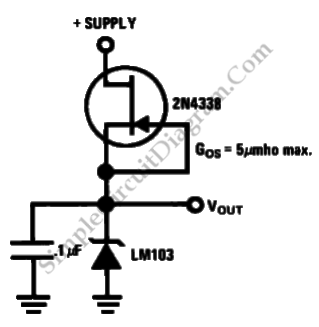
This is a simple circuit of a low-power voltage regulator reference. This circuit can produce a stable voltage reference.
The low-power voltage regulator reference circuit is designed to provide a consistent output voltage, which is crucial for various electronic applications requiring stable reference levels. The circuit typically consists of a voltage reference diode, resistors, and sometimes operational amplifiers to fine-tune the output voltage.
The voltage reference diode is the core component, selected for its ability to maintain a stable voltage across a wide range of current levels. This diode is often biased in reverse to achieve its reference voltage. Resistors are used to set the current through the diode, ensuring that it operates within its optimal range. In some designs, an operational amplifier may be included to buffer the output and improve the load regulation.
The circuit's design may also incorporate temperature compensation techniques to minimize voltage drift with temperature changes, enhancing the reliability of the voltage reference. The output voltage can be adjusted by changing the resistor values or selecting different reference diodes, allowing for flexibility depending on the specific application requirements.
This low-power voltage regulator reference circuit is suitable for use in battery-powered devices, precision analog circuits, and any application where a stable voltage reference is essential for proper operation.This is a simple circuit of low power regulator reference. This circuit can produces stable voltage reference. The voltage reference that is produced by this.. 🔗 External reference
The low-power voltage regulator reference circuit is designed to provide a consistent output voltage, which is crucial for various electronic applications requiring stable reference levels. The circuit typically consists of a voltage reference diode, resistors, and sometimes operational amplifiers to fine-tune the output voltage.
The voltage reference diode is the core component, selected for its ability to maintain a stable voltage across a wide range of current levels. This diode is often biased in reverse to achieve its reference voltage. Resistors are used to set the current through the diode, ensuring that it operates within its optimal range. In some designs, an operational amplifier may be included to buffer the output and improve the load regulation.
The circuit's design may also incorporate temperature compensation techniques to minimize voltage drift with temperature changes, enhancing the reliability of the voltage reference. The output voltage can be adjusted by changing the resistor values or selecting different reference diodes, allowing for flexibility depending on the specific application requirements.
This low-power voltage regulator reference circuit is suitable for use in battery-powered devices, precision analog circuits, and any application where a stable voltage reference is essential for proper operation.This is a simple circuit of low power regulator reference. This circuit can produces stable voltage reference. The voltage reference that is produced by this.. 🔗 External reference
